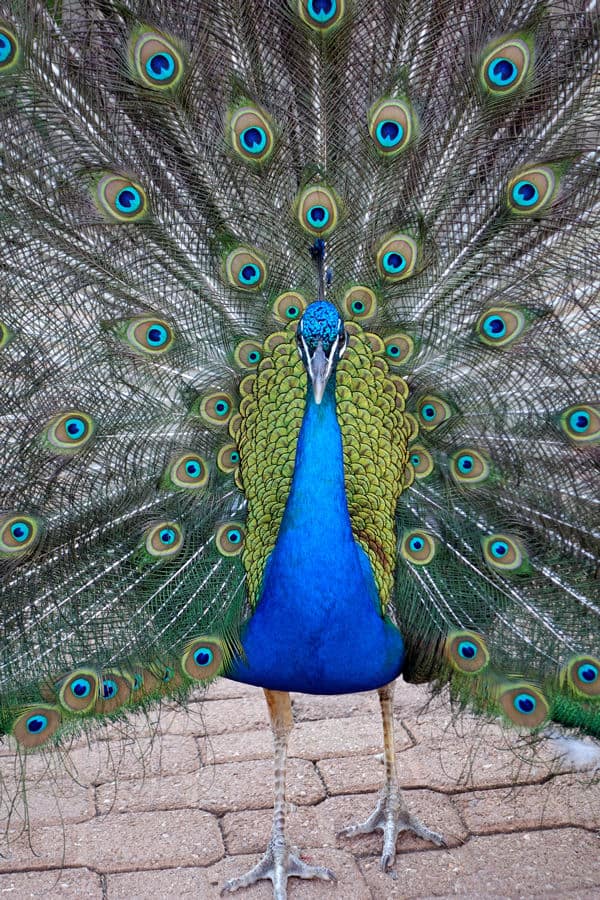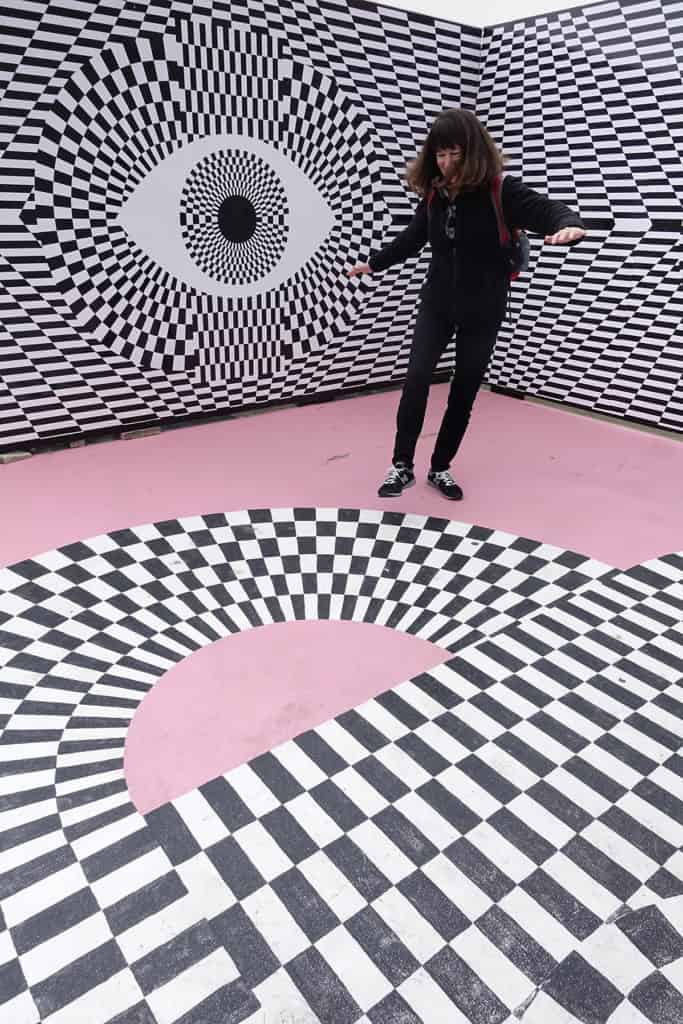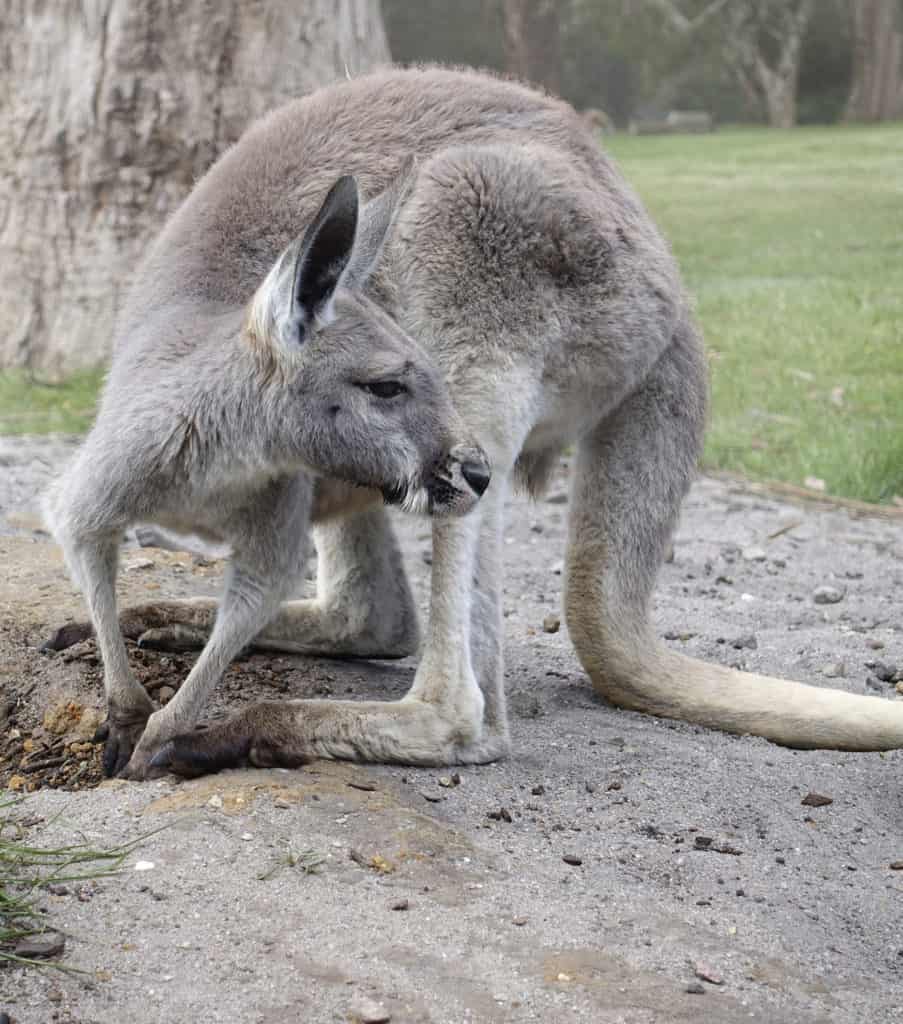 This is Andrew, the resident peacock at Hotel DoubleTree in Alice Springs, Australia. One of the staff there told me, “He just found the place one day, decided he liked the patio around the pool, and never left.”
This is Andrew, the resident peacock at Hotel DoubleTree in Alice Springs, Australia. One of the staff there told me, “He just found the place one day, decided he liked the patio around the pool, and never left.”
Andrew happily hangs around his chosen home. Unlike me. I come and go. Home has become my springboard as much as it is my sanctuary. My house is the wreck I escape from most mornings, or when cabin fever overtakes me; and it’s the sweet mess I gratefully return to, time and time again.
When my daughter died, my relationship with home changed, as did my ties to almost everyone and everything. And after my son left to make his own home across the country, I thought there was nothing holding me here. No one needed me. I was free to simply move on, start a new life elsewhere. But I chose to stay. Despite some of the less endearing things about the place: the pipes that freeze in winter, the potholes in the driveway. The mice. Stinkbugs. The woodchuck that lives under the deck. Smoke detectors that go off in the middle of the night. Coming home from Australia, I cried for days about these plagues of home ownership. But in every corner, the house held sweet memories from my most beautiful, chaotic times. Living here was well worth a few minor inconveniences.
Some day I suppose I will have to leave my house for good. It will have to be some quick, traumatic exit where perhaps I fall and break my pelvis, and get transplanted to a nursing home, never to recover. And maybe one day I will return home as a ghost. Maybe I’ll come back as a bird pecking at the windows, or gazing out at the pond, standing tall and still like some decorative lawn ornament.
On Day Nine in Australia I discovered Andrew the peacock on the DoubleTree patio, and crouched down at a respectful distance to photograph him. Obligingly, Andrew stood still, and then turned around very slowly to make sure I got good views of all his sides. Then he came closer and closer to where I was kneeling behind the camera. The more I snapped his picture, the closer he got. Until I got nervous, stumbled backward, quickly picked myself up, and left
What makes a home a home? How many different places have you called Home?
Please Share on your Social Media



